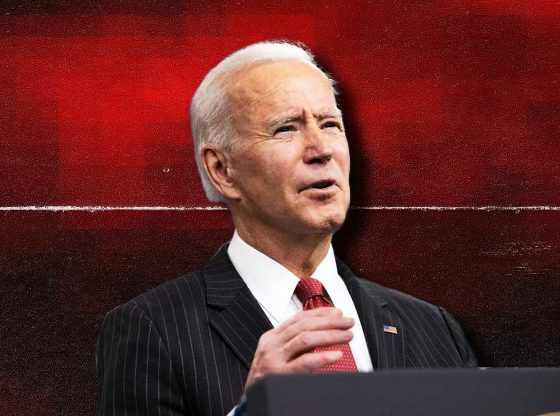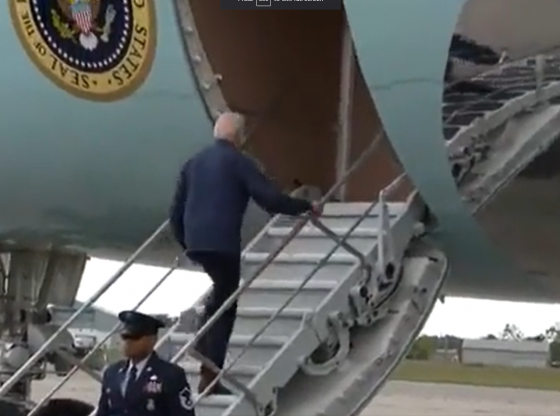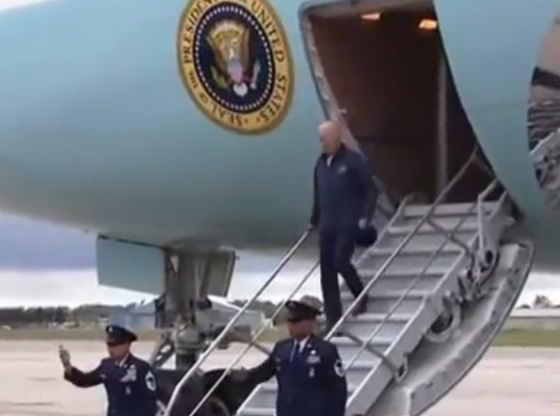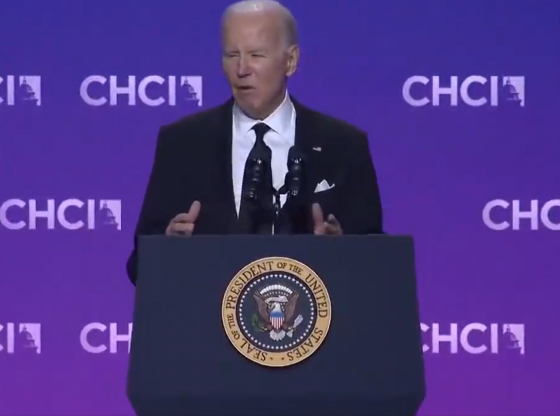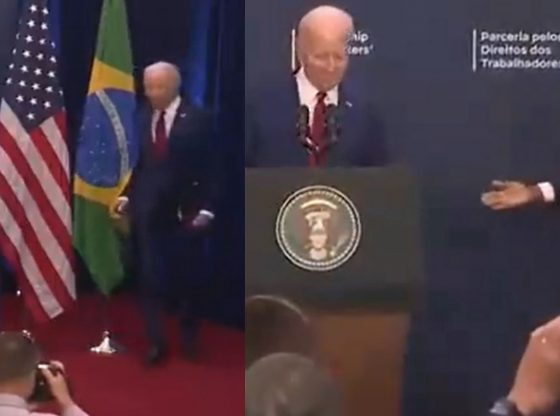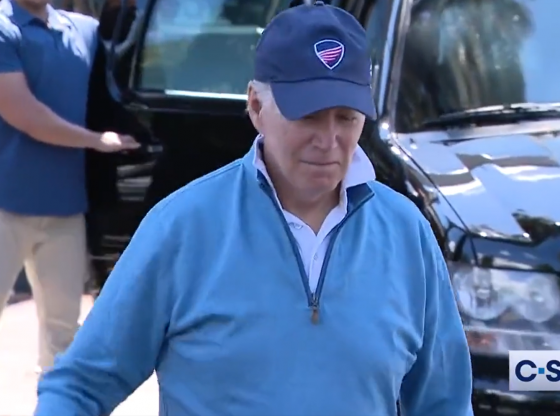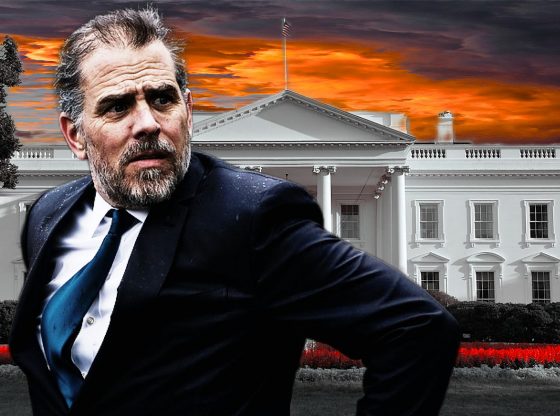The Biden administration, in recent policy shifts, has presented two notable declarations. The forgiveness of $39 billion in student loan debt, and the authorization to send up to 3,000 U.S. reserve troops to Ukraine, are actions that have stirred up significant debate among both supporters and critics.
In a move perceived by some as a limited approach to a widespread issue, the administration has chosen to discharge federal student loans for over 800,000 borrowers. This will apply to those who have made qualifying monthly payments for 20 or 25 years, contingent on their repayment plan and loan type. While Education Secretary Miguel Cardona argues that this is an attempt to rectify previous administrative shortcomings and create a fairer higher education system, critics argue that this initiative does not adequately address the root of the problem. The escalating costs of college tuition and fees, largely unaddressed in this initiative, have resulted in an expanding student loan crisis.
Interestingly, the student loan forgiveness program follows a Supreme Court ruling rejecting the administration’s broader proposal to cancel student loan debt. It appears as though the proposed relief for borrowers earning less than $125,000 per year is temporarily sidelined, leaving a significant demographic without the relief they may have expected. As such, questions arise about whether the administration is doing enough to ensure the affordability of higher education for all Americans.
On the international stage, President Biden’s decision to authorize the activation of up to 3,000 U.S. reserve troops for deployment in Ukraine is also not without controversy. Lt. Gen. Douglas Sims insists that this move demonstrates unwavering support for NATO’s defense against Russian aggression in Ukraine. But one can’t help but wonder if this action is potentially escalating the tension in an already volatile region.
President Biden’s recent European tour, where he visited the U.K., Lithuania, and Finland, raises questions about the timing of this troop deployment. Has sufficient diplomatic effort been made to quell the aggression without resorting to military involvement? And while assurances have been given to Ukraine about their long-term security under existing NATO agreements, the fact remains that Ukraine’s path to NATO membership remains uncertain.
President Zelenskyy of Ukraine has been diplomatic in his response to this arrangement, but it’s unclear whether this measure truly serves Ukraine’s best interests. There is a concern that the deployment of U.S. troops may exacerbate the very tensions it seeks to alleviate.

